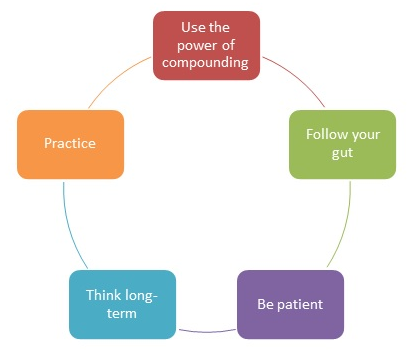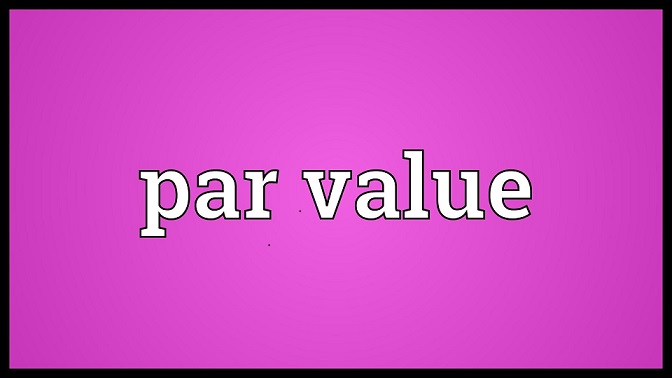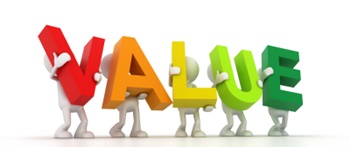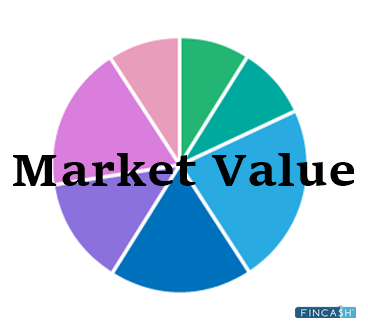
Table of Contents
Value Chain Definition
As per the value chain meaning, it includes everything in between the Ideation and marketing of a product, including Manufacturing processes, procuring the Raw Materials, and making effective marketing strategies.
For businesses or manufacturers that produce goods, a typical value chain would consist of the steps involving the development of a product from conception to distribution.
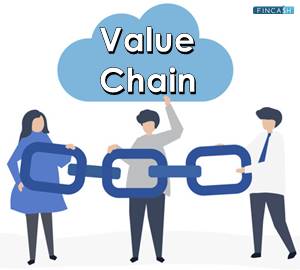
In this regard, the term “value-chain analysis” needs discussion. A company conducts such an analysis by evaluating the entire technique involved in each stage of the production process.
A value chain analysis aims to boost the production Efficiency of specific goods or services, thus enabling the company to deliver the maximum value to its consumers in the most cost-effective manner.
In short, a value chain can be defined as a step-by-step business model that helps to transform a product or service from its conception to creation to its final distribution across markets.
Significance of Value Chains
It increase a business’s efficiency, enabling it to deliver the highest value at the minimum costs, thus creating a competitive advantage for the company. Because companies must seek various ways to offer the maximum value to their customers in the face of ever-increasing competition.
Furthermore, businesses are constantly working on improving their services by providing unbeatable prices, strong customer support, and of course, delivering exceptional, customized products.
Therefore, a value chain can allow a company to understand various areas of its core business, especially those that are inefficient and need improvement. It will further help them plan and implement better strategies to increase profitability, brand loyalty, and Market reach.
Besides ensuring that a company’s production systems and technologies are working efficiently and seamlessly, a value chain can also build confidence among customers, thus making them remain loyal and engaged.
Talk to our investment specialist
Major Components of a Value Chain
The concept of a value chain was first introduced by Micheal E. Porter in his renowned book, “Competitive Advantage: Creating and Sustaining Superior Performance”. He divided the activities of a business into two main categories -
- Primary
- Support
The specific activities enlisted under each of these categories are given below. However, it may vary based on your Industry and business model.
Primary Activities
There are five components under primary activities, each of which is important for adding value and developing a competitive advantage. These include:
- Inbound logistics
- Operations
- Outbound logistics
- Marketing and Sales
- Service
Support Activities
Support activities play a significant role in enhancing the efficiency of the primary activities. The following support activities are usually defined as overhead costs when they are reflected on the Income statement of the company:
- Procurement
- Technological development
- HR (Human Resources) management
- Infrastructure
In brief, we can say that it’s important to maximize the value offered to one’s consumers at every step of the firm’s processes, and a value chain business model can help business owners achieve that end. The theory further analyzes the abovementioned primary and support activities of a company to increase its efficiency.
All efforts have been made to ensure the information provided here is accurate. However, no guarantees are made regarding correctness of data. Please verify with scheme information document before making any investment.

